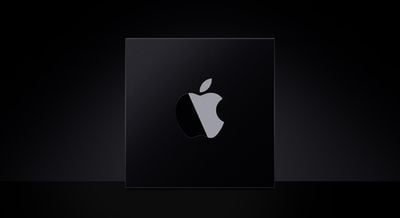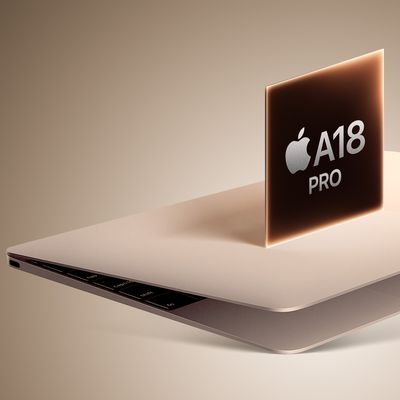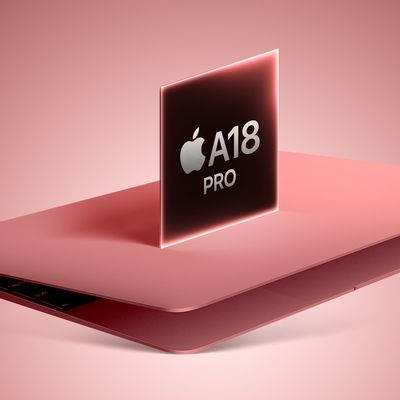Apple Chip Supplier Preparing to Begin Production of 2nm Chips as Early as 2025
Apple could adopt the 2nm process for its iPhone and Mac chips as early as 2025 as the company's main chip supplier, TSMC, has set in motion a plan to produce that process in the early parts of that year, DigiTimes reports.

All of Apple's latest chips feature the 5nm process, including the A15 Bionic in the iPhone 13 series and the entire M1 Apple silicon line. According to a new DigiTimes report today, TSMC will begin mass production of 3nm chips later this year with 2nm following in 2025 with Apple and Intel being among the first to use the newer technology.
TSMC has set a timetable to move its 2nm GAA process to production in 2025 while commercializing its 3nm FInFET process with improved yield rates in the second half of 2022, with Apple and Intel among the first clients to adopt both nodes, further consolidating its dominance in the advanced foundry sector, according to industry sources.
A report from last year claimed that the next iPad Pro, expected to be announced later this year, will feature a 3nm process. The current iPad Pro features the M1 chip and the 2022 version is expected to include Apple's all-new "M2" chip. The 3nm process technology features performance improvements of up to 15% while being at least 25% less battery-hungry, according to TSMC.
Popular Stories
Apple is not expected to release a standard iPhone 18 model this year, according to a growing number of reports that suggest the company is planning a significant change to its long-standing annual iPhone launch cycle.
Despite the immense success of the iPhone 17 in 2025, the iPhone 18 is not expected to arrive until the spring of 2027, leaving the iPhone 17 in the lineup as the latest...
Language learning app Duolingo has apparently been using the iPhone's Live Activity feature to display ads on the Lock Screen and the Dynamic Island, which violates Apple's design guidelines.
According to multiple reports on Reddit, the Duolingo app has been displaying an ad for a "Super offer," which is Duolingo's paid subscription option.
Apple's guidelines for Live Activity state that...
The company behind the BlackBerry-like Clicks Keyboard accessory for the iPhone today unveiled a new Android 16 smartphone called the Clicks Communicator.
The purpose-built device is designed to be used as a second phone alongside your iPhone, with the intended focus being communication over content consumption. It runs a custom Android launcher that offers a curated selection of messaging...
Apple plans to introduce a 12.9-inch MacBook in spring 2026, according to TrendForce.
In a press release this week, the Taiwanese research firm said this MacBook will be aimed at the entry-level to mid-range market, with "competitive pricing."
TrendForce did not share any further details about this MacBook, but the information that it shared lines up with several rumors about a more...
Apple today announced a number of updates to Apple Fitness+ and activity with the Apple Watch.
The key announcements include:
New Year limited-edition award: Users can win the award by closing all three Activity Rings for seven days in a row in January.
"Quit Quitting" Strava challenge: Available in Strava throughout January, users who log 12 workouts anytime in the month will win an ...
Apple is planning to release a low-cost MacBook in 2026, which will apparently compete with more affordable Chromebooks and Windows PCs. Apple's most affordable Mac right now is the $999 MacBook Air, and the upcoming low-cost MacBook is expected to be cheaper. Here's what we know about the low-cost MacBook so far.
Size
Rumors suggest the low-cost MacBook will have a display that's around 13 ...
Apple hasn't updated the Mac Pro since 2023, and according to recent rumors, there's no update coming in the near future. In fact, Apple might be finished with the Mac Pro.
Bloomberg recently said that the Mac Pro is "on the back burner" and has been "largely written off" by Apple. Apple apparently views the more compact Mac Studio as the ideal high-end pro-level desktop, and it has almost...
![]()






















